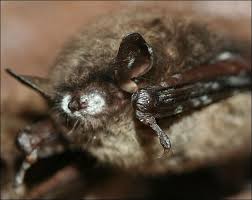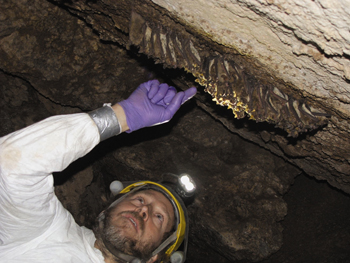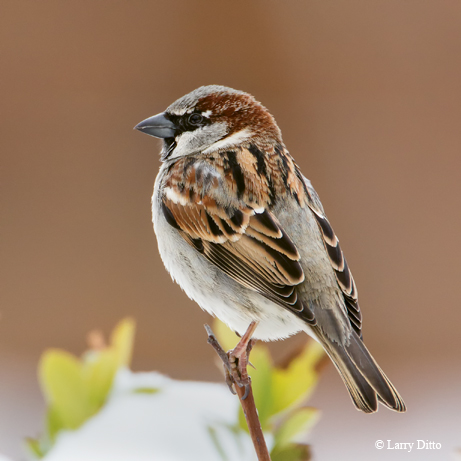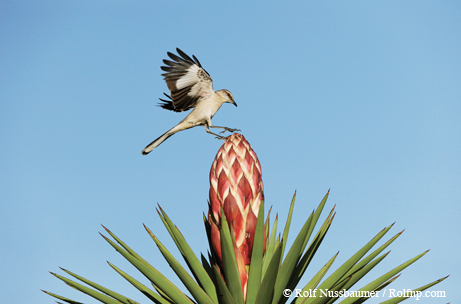Wildlife: Prevention of White Nose Syndrome
Friday, August 29th, 2014This is Passport to Texas
If caving is one of your pastimes, here’s something you should know: a fungal disease called white nose syndrome has been is killing North American bats since 2006.
07—There are certain caves where bats hibernate where 90 to 100 percent of the bats that hibernate in that cave have died from the disease.
The fungus is also found in European caves though the bats there are essentially immune. This suggests the fungus may have evolved with their bats. Texas Parks and Wildlife mammalogist, Jonah Evans says researchers speculate people who visited European caves may have unwittingly brought fungal spores into North American caves on shoes or other gear. To prevent the spread of white nose fungal spores by humans…
10— Avoid entry into caves if at all possible, otherwise do a very stringent decontamination and be really careful about getting leaned
up when you leave a cave.
Find decontamination protocol at passporttotexas.org.
So why care? Bats are beneficial agricultural allies, eating tons of insects during their nightly flights, allowing farmers to reduce or eliminate insecticide use on food crops, and save money. They also serve as pollinators of important crops and are just fascinating animals.
The Wildlife and Sport Fish Restoration Program supports our series… and receives funds from your purchase of fishing and hunting equipment and motor boat fuel.
For Texas Parks and Wildlife, I’m Cecilia Nasti.







 Passport to Texas is a
Passport to Texas is a  Passport to Texas is made available by:
Passport to Texas is made available by: